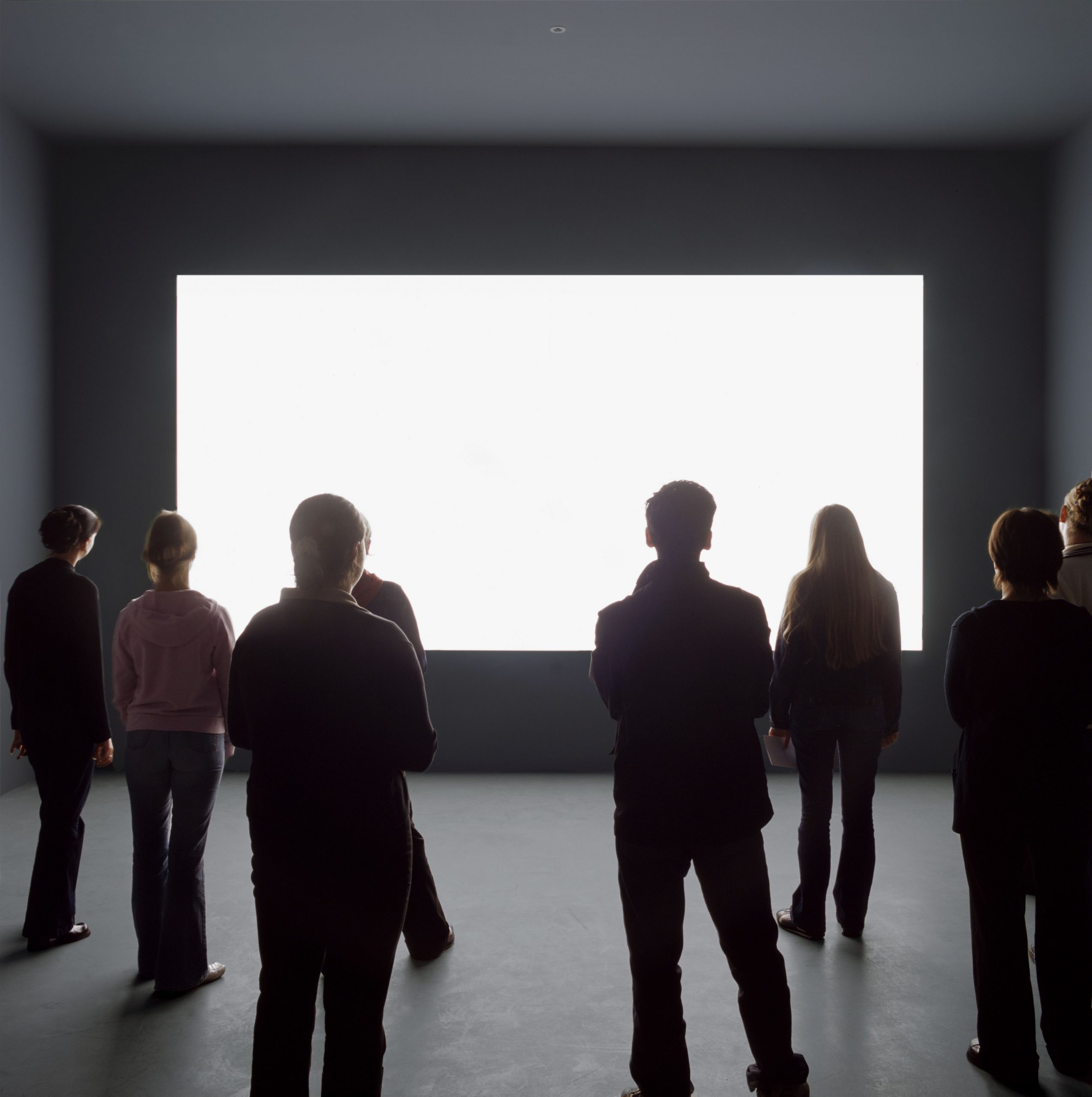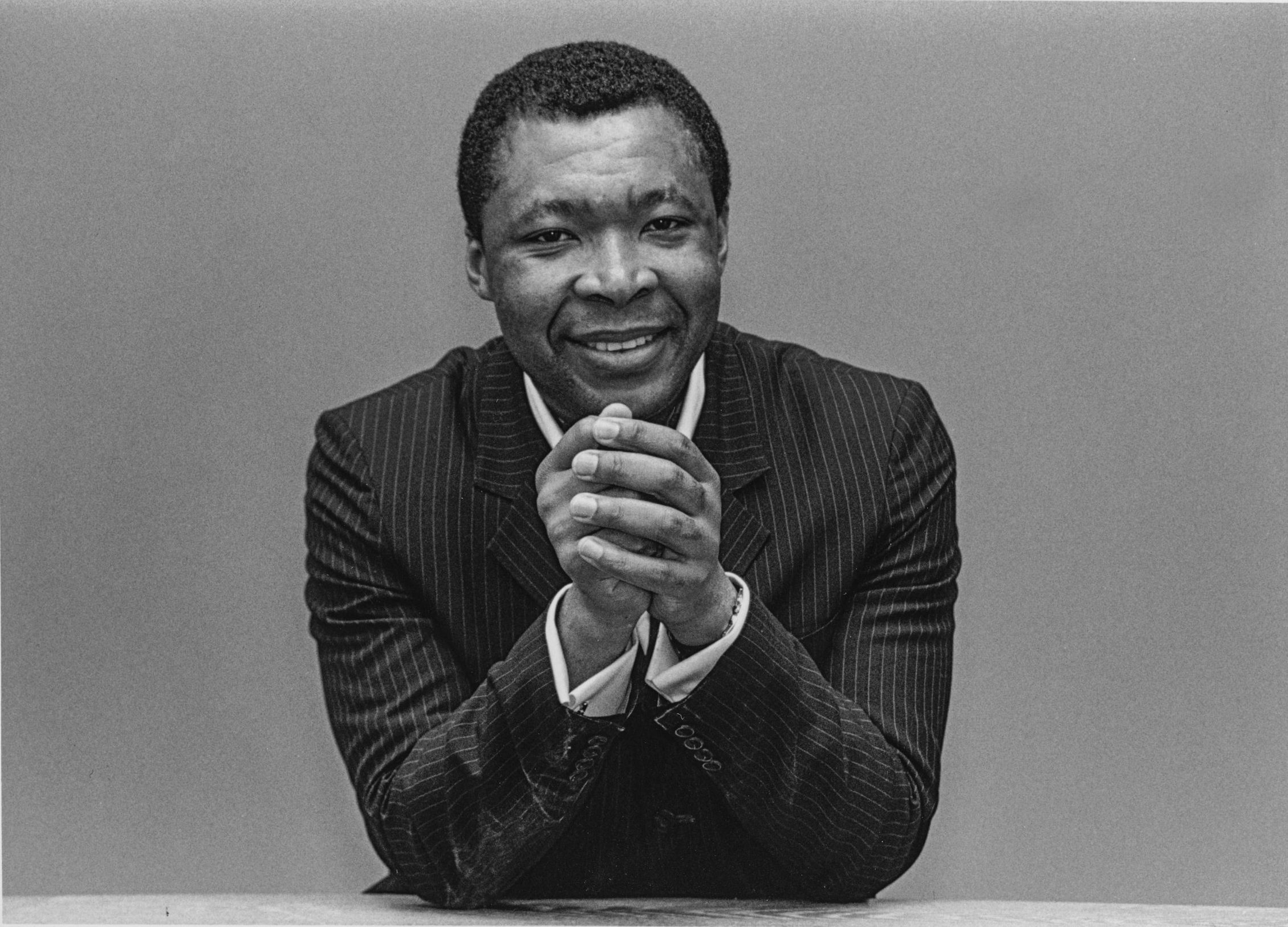Queridísimo Okwui,
What is memory? Why does one remember? How does one remember? Where do we keep hundreds, thousands of memories in our brain? How does memory become history?
It feels strange to write you a tribute. How does one write a tribute to someone whose entire life was a tribute to so many artists around the world? A life dedicated to art and culture? A life spent insisting, asserting, demanding, that we, artists and intellectuals, create models of thinking the world?
Of all the memories I have of you and us, it is the following reminiscence that came first to my mind: It was September 1998. We were in San Sebastian, in Spain’s Basque Country. You had come to see my Rwanda Project exhibition, which had started in Barcelona six months earlier. You had been there too. I still remember our conversations in the magnificent Rambla. It felt surreal to discuss the genocide in that surrounding. Who really cared about a million black bodies slaughtered in less than one hundred days? in the face of the criminal indifference of the so-called “world community”?
But back to San Sebastian. I thought you had come to see my exhibition but I was wrong. That was not your only reason. You wanted to talk about something else. It was a beautiful September night. After dinner, you invited me to a walk in the Playa de la Concha, probably the most beautiful beach in Spain. We walked from the Mirador del Náutico on one extreme to the Peine del Viento (the wind comb), the extraordinary Chillida sculpture in the other extreme. And we walked. And walked. And walked. And we talked. And talked. And talked. We went from one end to the other, four times. Ten kilometers. When I went to sleep that night, I felt that this walk would never end. And it has been exactly like this. I walk around the world, and I talk to you, my dear Okwui.
I still remember the precise moment when you told me the news. We were standing in front of the Chillida, in awe. The waves were rising and falling, and rising again, almost dancing, hammering the sculptures anchored to the rocks. The steel carried the sound of the whistling wind, like a lament.
I will be curating the next documenta, you said, almost whispering.
I was speechless. You smiled, and then burst into that laugh of yours that was extraordinarily unique and unforgettable. We stood there, laughing, in that place where the city ends and the sea begins, the sound of your laugh competing with the wind. We resumed our walk. You had an infinite number of ideas for the show. They were all terrible, you thought. Something else was needed, something that could potentially change the scene, transform our little and insular art world, a revolution, you said with a murmur.
Documenta11 in 2002 was indeed a revolution, dear Okwui, and the art world was never the same after. It is certainly not too early to measure the impact of that exhibition and what came later. You orchestrated a series of shattering exhibitions and events that changed everything. You transformed the scene.
I am your orphan, we are all your orphans, dear Okwui, and I keep walking, searching for you.
Courtesy ArtAsiaPacific. Originally published in ArtAsiaPacific no. 115 (September/October 2019), p. 89.

© Photo: unknown / Courtesy of the artist
